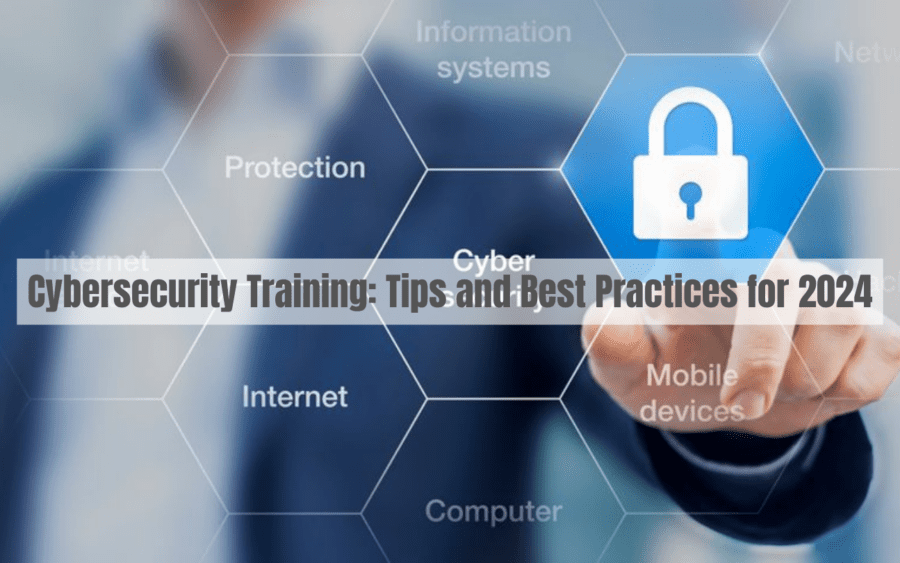The Importance of Learning Transfer in E-Learning Course Development How do you ensure employees use the skills and knowledge they learn in your e-learning courses (and other training initiatives)? This is known as learning transfer, i.e., the transfer of newly learned skills and knowledge to the workplace. It should be one of the most important priorities of any training initiative. …
Why Use an LMS?
Why Use an LMS? Hi, I’m Damian from Capytech. I thought it’d be valuable to run through some reasons why you might use an LMS, a learning management system. Now, some organizations are doing a lot of training. They don’t have platform to manage this, a learning platform. Some organizations have LMS kind of thrusted upon them from like an …
Upskilling Training Guide Part 2 – Tips for Success
Upskilling Training Guide Part 2 – Tips for Success In the first blog in this two-part series on upskilling training, we focused on what is needed to lay the groundwork and ensure your programme is focused on business needs and delivers on corporate objectives. In this second blog in the series, we are going to look at eight practical tips …
Cybersecurity Training: Tips and Best Practices for 2024
Cybersecurity Training: Tips and Best Practices for 2024 The world is becoming more digitalised and digitally connected. One of the less appealing consequences of this increased connectivity is a rise in cyberattacks and the corresponding growth of cybersecurity risks in companies across all industries. This is making cybersecurity training more important in 2024 than it has ever been before. You …
Tips to Make Blended Learning a Success in Your Organisation
5 Tips to Make Blended Learning a Success in Your Organisation Blended learning is a training strategy where you combine e-learning content and modules with more traditional instructor-led elements. The e-learning part of the course is self-directed by the learner, while the instructor-led elements are typically live, whether in-person or virtually. Blended learning can be suitable for a range of …
Challenges of Developing a Learning Culture and How to Overcome Them
Challenges of Developing a Learning Culture and How to Overcome Them The shelf life of skills is getting shorter and shorter, with the average now believed to be less than five years. As a result, it is essential for companies in the UAE and Saudi Arabia to ensure employees continuously improve existing skills and develop new ones. Developing a learning …
Tips for Creating Effective ESG E-Learning Courses
ESG is a catch-all term covering Environmental, Social, and Governance issues. Regulators, potential customers, employees, lawmakers, and other stakeholders are increasingly looking at ESG factors when assessing an organisation. For example, a potential customer making sure your ESG strategies and priorities are aligned. Providing e-learning courses can improve knowledge and change behaviours in ESG-related areas, but how do you make …
Tips for Using Colour in E-Learning Courses
In previous articles in this series on the importance of colour in e-learning design, we have looked at the role of colour psychology in how people learn, as well as the ways that colour enhances the learner experience. In this final blog in the series, we have seven tips for using colour in e-learning. Tip 1: Use Colour, But Within …
Competency-Based Training Design Tips and Best Practices
Competency-Based Training Design Tips and Best Practices Most training involves providing learners with training courses, including e-learning courses. Learners are then either encouraged or told to complete the courses that are relevant to them. Competency-based training is different as the objective is not to get the learner to complete a particular course. Instead, the objective is to help the learner …
- Page 1 of 2
- 1
- 2










